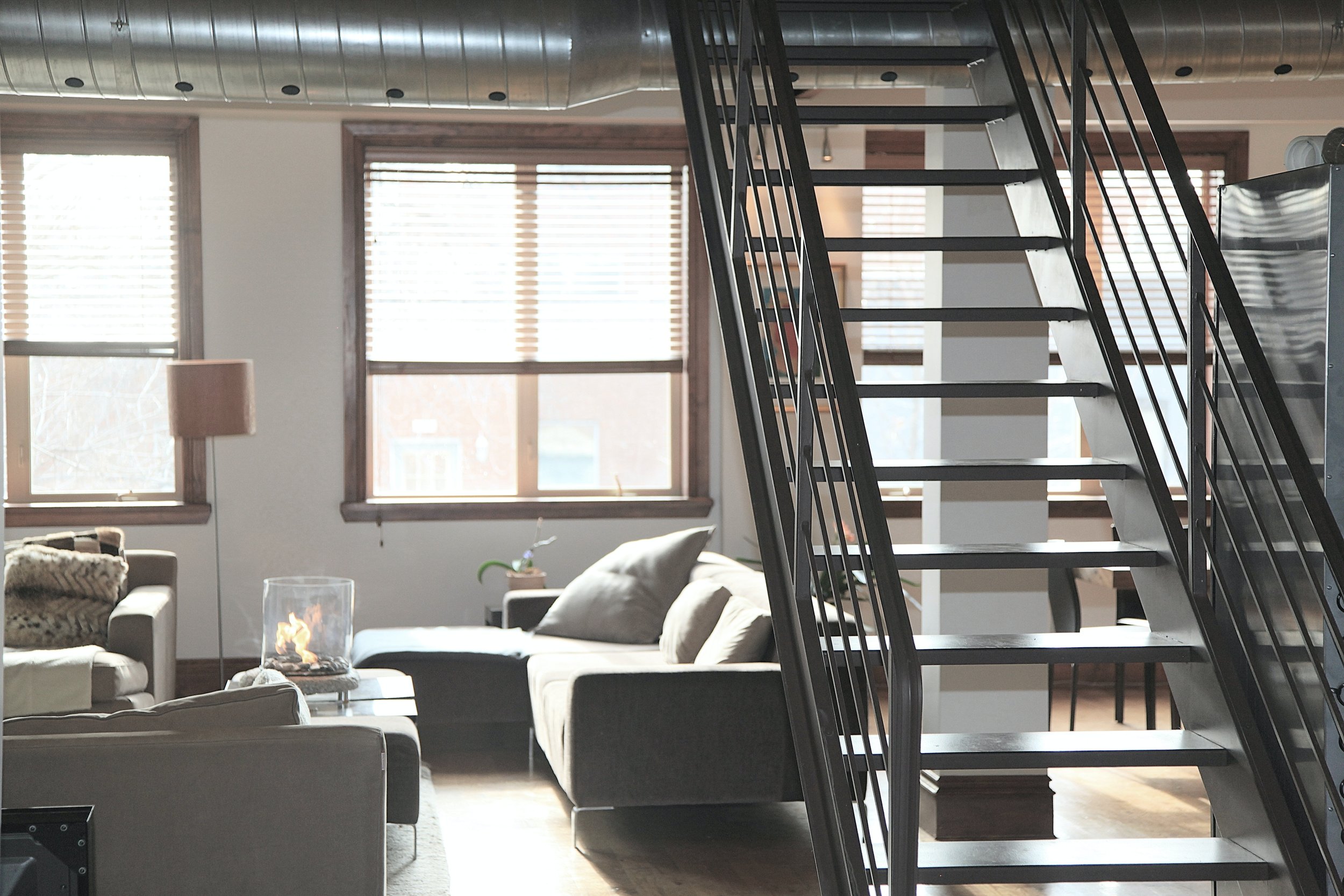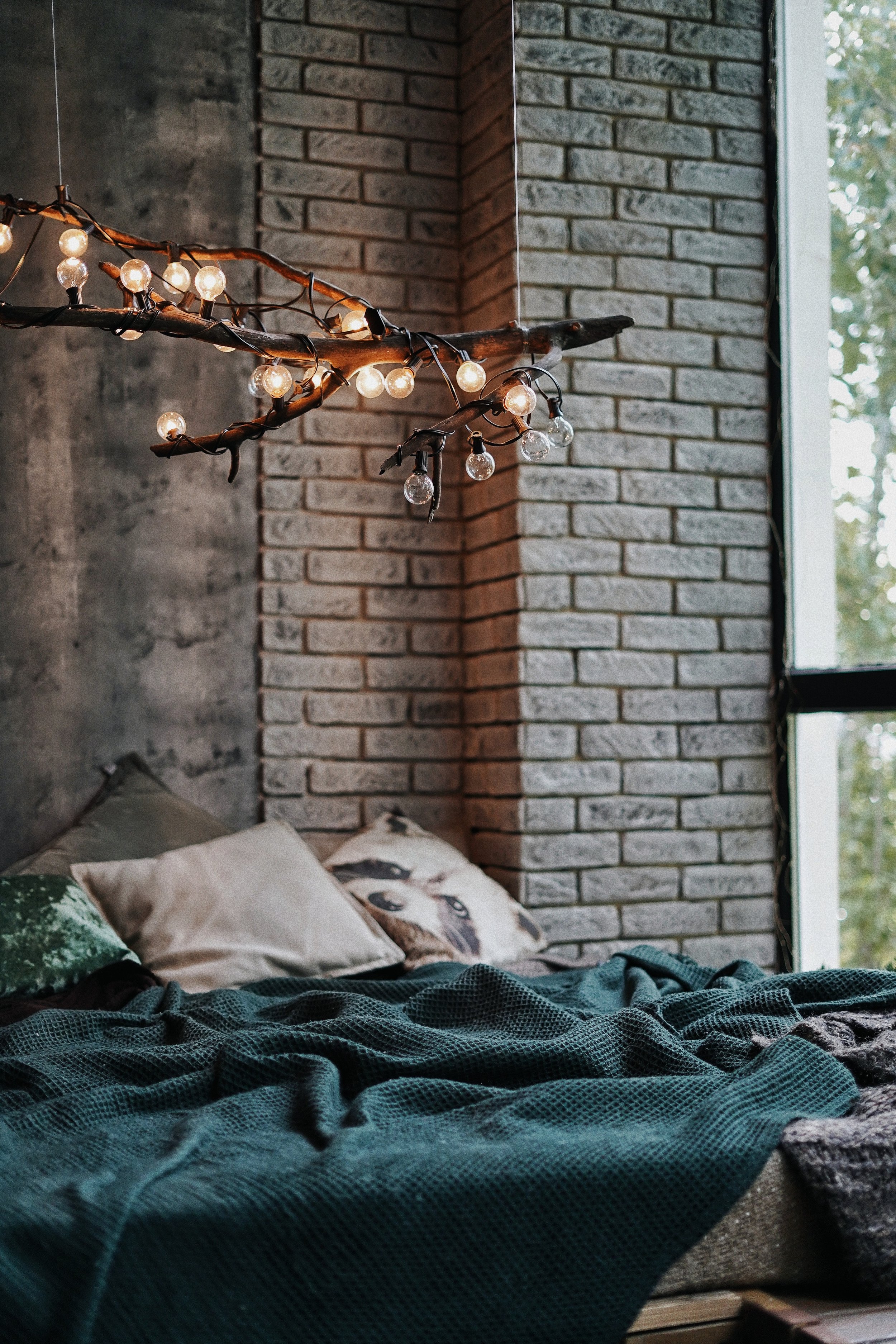What is a Loft? | A Unique Type of Apartment
If you’ve ever been in the real estate market to find a new rental, you may have come across the term “loft” and wondered what is a loft, exactly? This term is used to describe specific spaces and even entire units at times. In this article, we’ll clear up any confusion as to what a loft actually means in its context.
What is a loft?
Put simply, a loft is a living space that was converted from an industrial, or warehouse space. It can also simply mean an elevated space inside of an apartment or house. In totality, there are three types of lofts generally. When people say loft, they can mean one of 3 things:
Loft in an otherwise regular apartment (elevated space):
Many times, people just mean an elevated space that is created inside a regular apartment. This refers to some kind of platform, or almost half bedroom with a bed and maybe other furniture. You often see this type of “loft” in a studio apartment to create either an extra bedroom space, or separation from the general living area
A hard loft:
The strictest and most traditional definition of a loft. The original meaning of a loft means an industrial space, or warehouse, that has been converted into a residential or living space. When you think of a hard loft, you should envision something with:
Exposed brick walls
Exposed pipes
Few walls
A sense of a large space
These hard lofts are a modern conversion of historical warehouses and industrial spaces. You tend to see a lot of these spaces depicted on TV for artists, but they actually exist in real life too! Here are a few examples:
In general, lofts tend to be a bit larger than traditional apartment spaces. So, if you have a loft studio, they will tend to be larger than a regular studio. As such, expect to pay a little bit more in rent, or purchase price than their counterparts since more space is generally more desirable.
Inside a loft, since there tends to be much higher ceilings, you may even find staircases inside of a unit. These staircases usually lead to another space for sleeping, or recreation. Most lofts are found in heavily urban areas, as they tend to be from past industrial or warehouse properties. However, in more modern times, there are more and more what’s known as a “soft loft”, found in and outside of urban areas.
A soft loft:
A soft loft is a modern loft that was created with the intention of making a residential space, but mimicking a lot of the traits of a hard loft. In this case, it’s not a historical space that was converted, but a space that was purposely designed to mimic a traditional loft. It may not have actual exposed bricks or rustic vibes, but it will tend to have the same:
High ceilings
fewer walls
Intentional design elements that mimic a rustic environment
Advantages and Disadvantages of Living in a Loft:
Loft Advantages
Larger space with higher ceilings and open layout.
Lofts tend to have higher ceilings, which can make a huge difference in the perception of space. Similarly, many lofts have much fewer walls which creates a more open layout, further emphasizing the feeling of having more space. Lastly, many lofts actually DO have more physical space than their non-loft counterparts.
Beautiful design elements
If you’re into modern, urban, or rustic architecture, then a loft typically has more of these elements. A loft often features exposed bricks, pipes, beams and minimalist design features. As society gravitates towards more simple and minimalistic design, lofts are becoming increasingly popular
More flexibility in space usage
Due to the open layout, a loft has maximum flexibility for how the space is used. Unlike a traditional apartment where spaces are sectioned out into bedrooms, kitchen and living area, a loft is generally pretty open. That means you can add roommates, common areas, sleeping areas as you see fit–it’s kind of like a blank canvas!
Loft Disadvantages
More expensive
Because lofts have desirable traits and generally more space, they can be more expensive to rent or buy than their regular counterparts. Many people today enjoy the rustic, open space layouts of lofts and are willing to pay a premium for them. At the same time, there tends to be fewer lofts than there are traditional apartments, so a lack of supply may also contribute to increased price.
Open space, but fewer defined uses
For some, having a complete open layout and space may be daunting and the loft could end up being use sub-optimally. Sometimes, having well-defined spaces for specific functions like kitchen and bedroom separation could be preferred.
Potentially higher utility bills
Because there is more space and the ceilings are higher, it may cost more to heat or cool a loft space when compared to traditional apartments. If you are tight on monthly payments, the additional utility expense could add up and make a big difference.
Wait–isn’t a Loft just a Studio then?
Generally, when a unit is referred to as a studio, they would be much smaller than a unit referred to as a loft. In addition, a studio doesn’t necessarily have loft elements we discussed above like exposed brick walls, pipes and high ceilings. So while a studio can have a more open layout, combining the bedroom, living room and kitchen into one space, they tend to be much smaller than what a loft would offer.
FAQs:
What is considered a loft?
The technical definition of a loft is a space that was repurposed for living when it was formerly an industrial building, or warehouse. Lofts often have open floor plans with higher ceilings, exposed pipes and large windows. Some modern lofts are called soft lofts, where it was designed with the intention of mimicking a loft but wasn’t actually converted from an industrial or warehouse building.
What is a loft in an apartment?
A loft in an apartment generally refers to a unit that has a separate elevated space, usually looking over an open floor plan, like a living room. These can include traditional lofts, converted from industrial buildings and warehouses, or soft lofts which were intentionally designed this way.
What is a loft vs apartment?
A traditional apartment tends to have defined spaces like a bedroom, kitchen and living room. With a loft, the layout tends to be more open with no strictly defined space and lofts commonly feature tall ceilings, large windows, and rustic elements like exposed brick walls and pipes.






